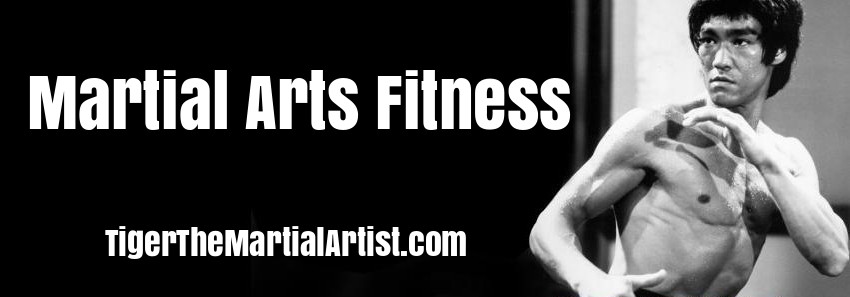Click Here To Subscribe To Your FREE Martial Arts Fitness Magazine
Learn Bruce Lee's Secrets
Click Here Now!By: MIKE SELVON Systema: The Martial Arts of Russia
Martial arts. Just the name brings all sorts of near mystical thoughts to our minds. Thoughts about the wonderful Korean martial art of tae kwon do, the Japanese martial art of jujutsu and the Chinese martial art of kung fu.
All these martial arts have very humble beginnings. Each one came from a time when the local authorities were tyrannical and outlawed the commoners from having weapons. The farmers, however, insisted on having ways to protect themselves, regardless of weaponry. Thus, the martial arts were born.
Russia is no exception. Russia has a long history of internal conflict and invasion. It is a massive country with borders that span over 11 time zones. The Russians came to expect the unexpected when in battle and no two enemies would fight the same.
From these encounters, the Russian warriors developed into the type of fighter that reacted on instinct. They had to face the enemy as an individual and adapt to whatever the enemy threw at them. The Russian martial arts had to be as versatile as the men who practiced it.
Russia is so huge that, in the beginning, a standard army was not possible. There were too many tiny villages and towns scattered across the land, as well as too many lords and territories, that made this type of organization nearly impossible.
During times of war, men were recruited from the towns and villages to fight and, when the battle was over, they went home. During peacetime, these men would continue to train on their own. This Russian martial arts were tailor-made to fit the common man.
Systema has no prearranged kumite (choreographed two man fighting) like the martial arts of the Far East. Russian martial arts are fluid -- the goal being able to fight without consciousness.
Like the many forms of Eastern martial arts, Russian martial arts started with one "ideal" and evolved into many different styles of that form across Russia, each one geared towards that locale's specific needs. The basic principals remained consistent and provided the common thread of the Russian martial arts.
In time, the loose teachings solidified. The various towns and villages would show off their skills with friendly competitions amongst themselves. It wasn't until 1917 -- when the Communists had taken power -- that all traditions, including Russian martial art, were banned.
The system went underground, rather than face severe persecution for outwardly continuing to practice. As in the Far East, some monasteries survived and were left alone by the government and the monks would continue to keep the "old ways" alive. Fathers would also teach their sons, handing down the traditions from generation to generation, hoping that it would survive.
When the new Soviet government had to focus on arming their soldiers, they sent agents to find the best fighting systems in the world. They didn't have to search too far, the answer was right under their nose. From that point on, the Russian army began instruction in an age-old technique pulled right from the roots of their own heritage.
The martial arts have continued to grow in popularity in recent years, and the Russian martial art systema is no different. While it's mostly used by the Russian Special Operation Units, the form spread to the Western world when several soldiers left Russia after the Cold War ended.
About the Author: Knowing the art of martial arts is an asset for protection. Claim your free karate secret gift, and more useful information about martial sports from Mike Selvon's portal, and leave a comment at his martial arts blog. http://martialarts.micronicherecommends.com/
Click Here To Subscribe To Your FREE Martial Arts Fitness Magazine
Home | Articles | Exercise | Workouts | Nutrition | Links

